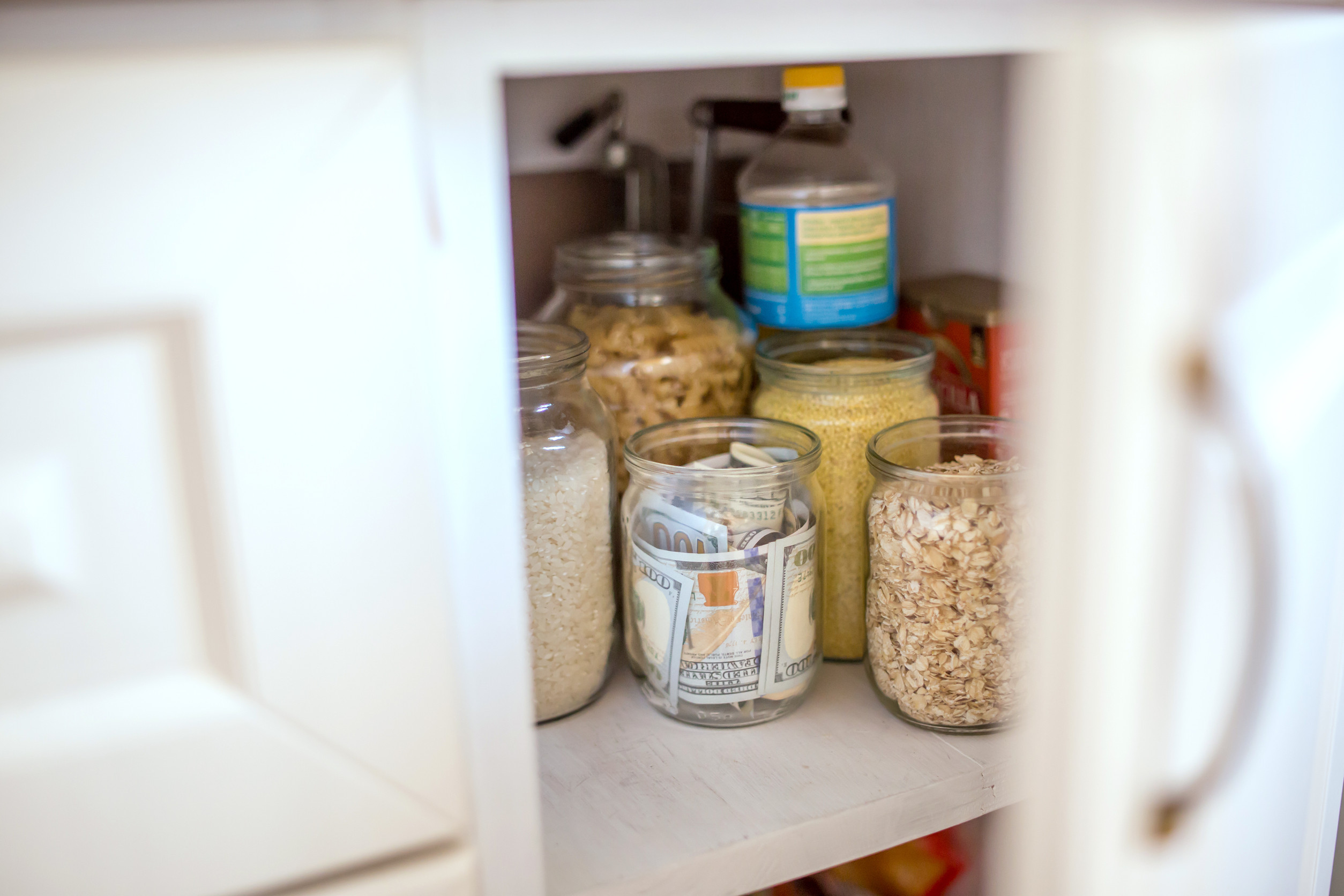
Image Source: 123rf.com
Most people wouldn’t think twice about seeing a small chalk mark on a sidewalk, fence, or even their mailbox. It’s easy to assume it was left by kids playing outside or just random street markings. However, in many cases, these seemingly innocent chalk symbols are actually coded messages used by criminals to mark homes as potential burglary targets.
Burglars, scammers, and organized crime groups have long used secret symbols to communicate information about houses they intend to target. These markings can reveal whether a home is occupied, if the owners are elderly, if a house has valuables inside, or even if a property is an easy break-in. While not widely discussed, this method is an increasingly common tool for burglars—and homeowners need to know what to look for.
Why Do Criminals Use Chalk Marks?
Chalk is the perfect tool for criminals looking to mark homes because it’s temporary, subtle, and easily dismissed by unsuspecting homeowners. Unlike spray paint or permanent markers, chalk washes away with rain, making it harder for law enforcement to track patterns or gather evidence.
These marks can be left by burglars themselves or by scouts—individuals who assess neighborhoods and report back to criminal groups. Some burglars work in teams, and these markings help identify which houses are worth targeting and which ones should be avoided.
The Meaning Behind Common Chalk Marks
While the specific symbols used by criminals can vary, some common chalk markings have been found in burglary patterns worldwide. Here are some of the meanings behind these seemingly random markings:
- An “X” or a Cross – Indicates a good target for burglary.
- A Circle with an “X” Inside – Home has already been broken into or is planned for burglary soon.
- A Triangle – Usually means a single woman lives in the house, often considered an easy target.
- A Diamond Shape – Suggests a wealthy home with high-value items inside.
- A Letter “M” or “W” – Could signify a morning or weekend burglary opportunity, meaning the home is empty during those times.
- A Horizontal Line – Suggests that the home has nothing worth stealing or is too risky to break into.
- A Square or Box – Often marks a house with a security system or a dog, warning burglars to avoid it.
Some criminals also use arrows to point toward escape routes or safe exits after a break-in. Other groups may use numbers to indicate how many people live in the house or the best time to strike.
Where Do Criminals Leave These Markings?

Image Source: 123rf.com
Burglars carefully choose where to place these chalk symbols so they are visible to their accomplices but not easily noticed by homeowners. Some of the most common places where you might find these markings include:
- Sidewalks in front of your home – A quick way to communicate to others in a criminal network.
- Mailboxes or fences – Subtle placement that isn’t always checked by homeowners.
- Driveways or near the curb – Used to indicate which homes are worth breaking into.
- Utility poles or street signs nearby – Markings left further from the home but still close enough to be useful to criminals.
How to Protect Your Home from Chalk Mark Targeting
If you notice strange chalk markings around your home or in your neighborhood, take action immediately. Criminals rely on secrecy, and once their system is exposed, they often move on to easier targets. Here’s what you should do:
- Erase the Markings Immediately – The sooner you remove the chalk, the harder it is for burglars to follow through with their plans. Use water, a scrub brush, or a pressure washer if needed.
- Document the Symbols – Take photos of any suspicious markings before removing them. If multiple homes in your area have similar symbols, report them to the police.
- Inform Your Neighbors – Criminals often target entire neighborhoods. Letting your neighbors know about the markings can help everyone stay alert and take precautions.
- Check Security Footage – If you have security cameras, review any recent activity near the markings. This could provide valuable evidence for law enforcement.
- Strengthen Your Home Security – Even if your home hasn’t been marked, burglars are always looking for easy opportunities. Installing motion sensor lights, security cameras, and visible alarm systems can make your home less attractive to criminals.
Other Signs That Your Home May Be Targeted
Chalk markings aren’t the only way burglars signal potential targets. If you notice any of the following, it could indicate that criminals are watching your home:
- Unfamiliar people loitering around your neighborhood
- Strangers knocking on doors, pretending to sell something or ask for directions
- Missing or moved trash cans and mailboxes, which could be signs of scouting
- Flyers or business cards wedged in your door that aren’t from legitimate companies
Criminals often conduct test runs before attempting a break-in. They may leave something small, like a flyer in your door, to see how long it takes for someone to remove it. If it sits untouched for days, they may assume the home is vacant or unattended, making it a prime target.
What to Do If You Suspect Your Home Has Been Marked
If you believe criminals have marked your home for burglary, don’t ignore it. Act quickly to remove the marking, document the incident, and report any suspicious activity to local law enforcement. You can also:
- Ask neighbors if they’ve seen any unusual behavior or markings near their homes.
- Consider increasing outdoor lighting or installing security cameras.
- Be extra cautious with home security—lock doors and windows, even when you’re home.
- If possible, park a car in the driveway to give the impression that someone is always there.
Awareness Can Stop Criminals in Their Tracks
Criminals thrive on secrecy and easy opportunities. By being aware of how they use chalk markings and other subtle tricks to target homes, you can prevent yourself and your neighbors from becoming victims. If something feels off, trust your instincts—and always take action to protect your home.
Have you ever noticed strange markings or suspicious activity in your neighborhood? What did you do? Share your experience in the comments below.
Read More:
10 Places that Burglars Are Hoping You’ll Hide Your Cash and Jewelry-So Don’t!
Why Some Criminals Leave a Water Bottle on Your Car Tire—And What It Means

Latrice is a dedicated professional with a rich background in social work, complemented by an Associate Degree in the field. Her journey has been uniquely shaped by the rewarding experience of being a stay-at-home mom to her two children, aged 13 and 5. This role has not only been a testament to her commitment to family but has also provided her with invaluable life lessons and insights.
As a mother, Latrice has embraced the opportunity to educate her children on essential life skills, with a special focus on financial literacy, the nuances of life, and the importance of inner peace.

